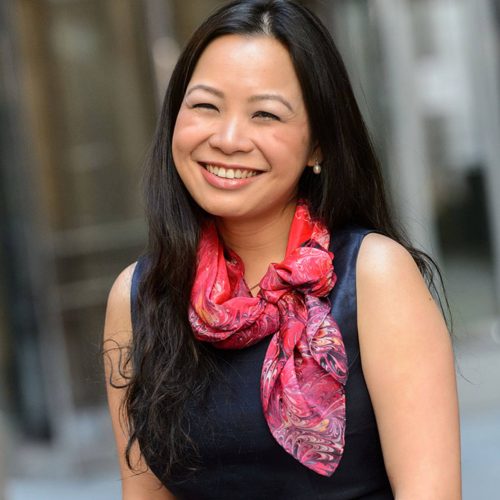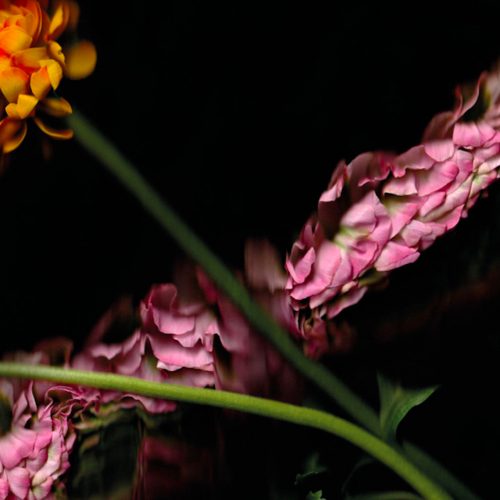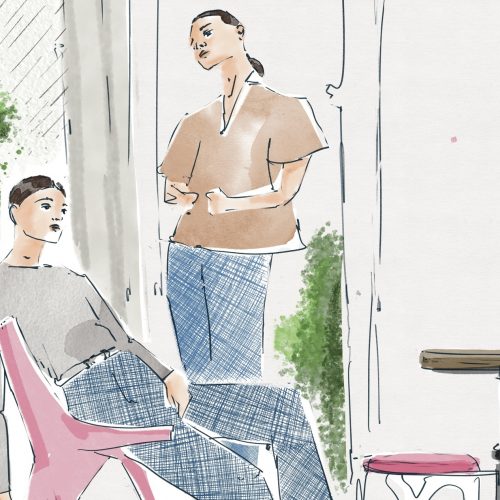Michelle Caron-Pawlowsky | Nature Installations Finding Individual And Artistic Identity
Michelle Caron-Pawlowsky’s work suspends from the ceiling, its limitless, uncontainable dimensions an exploration into the physical. Yet, with nature as the subject —a grounding, solid idea— the work becomes dual. Its polarity stares at us, asking us to look both inwards and outwards: at our sense of self, but also at our place in this world.
To receive the Luxiders Newsletter, sign up here.
Michelle Caron-Pawlowsky, an undergraduate in photography, sits on this new feeling. Her most recent project is a multidisciplinary installation. It is her first time exploring something so physical, and in her heart, something shifts. A new wave of excitement and inspiration comes. She smiles, and her artistic self changes: the beginning of her installation-focused art begins.
Minoring in sustainability studies, Caron-Pawlowsky’s art has become more than its installations. As she continues to work with physical art, she has begun to explore her own passions. Her focus has shifted to extinction and value, culminating in working with extinct plants. “Something I work with a lot is the idea of value. Extinct plants became an extension of my passion, of what is and isn’t valued and why.”
As she explores further topics, art and nature have become more and more intertwined. She explains, “It is easy to project yourself onto nature. To see yourself in it. The symbolic representation of nature is endless; it is familiar and emotional. It grows and shifts. It sustains and breaks down as we hurt it.” For her, nature has become more than the physical. It has shifted to the symbolic: a constant flux of change that she wishes to explore.
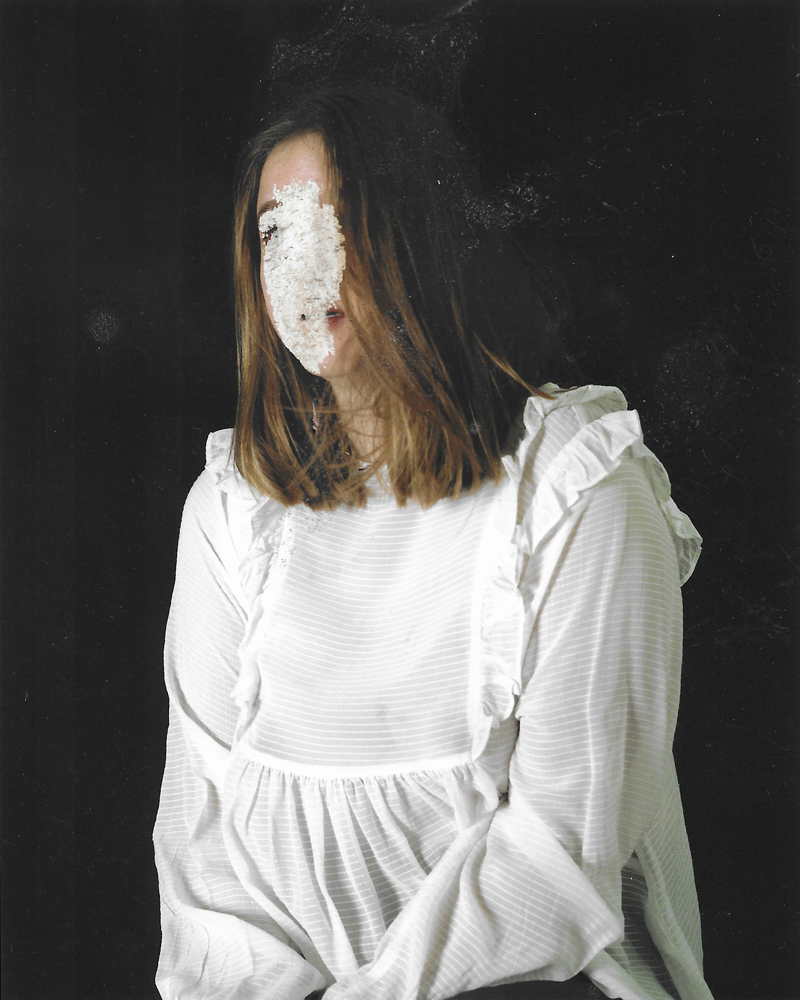
With Pulp © Michelle Caron Pawlowsky
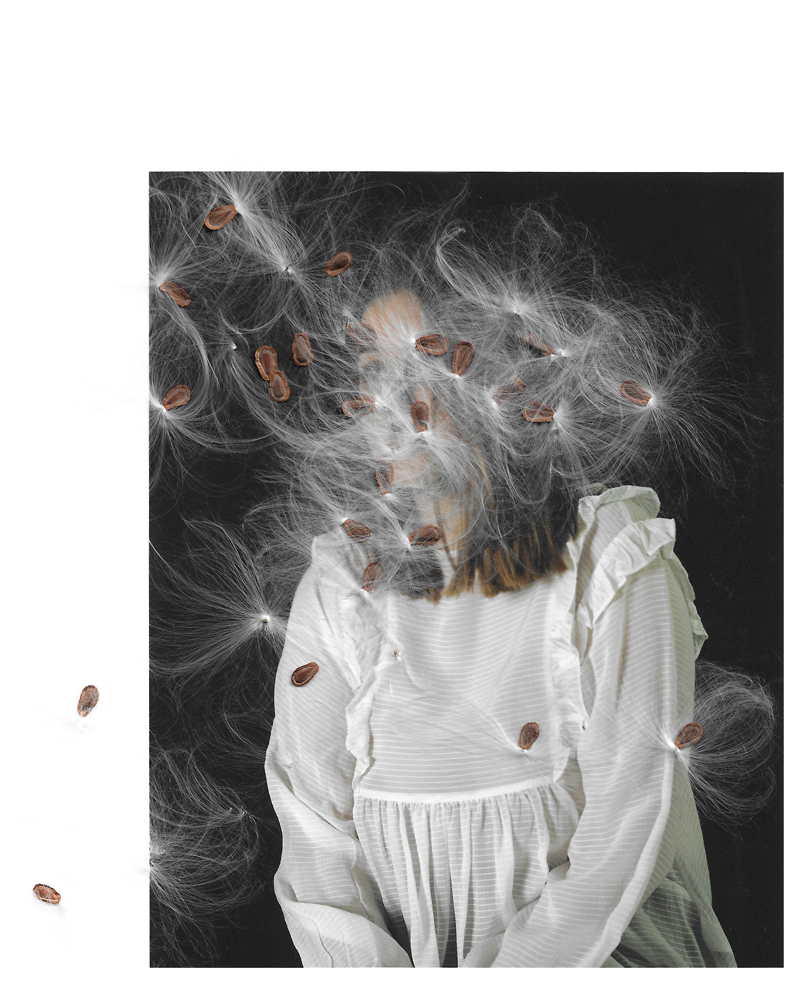
With Pulp © Michelle Caron Pawlowsky
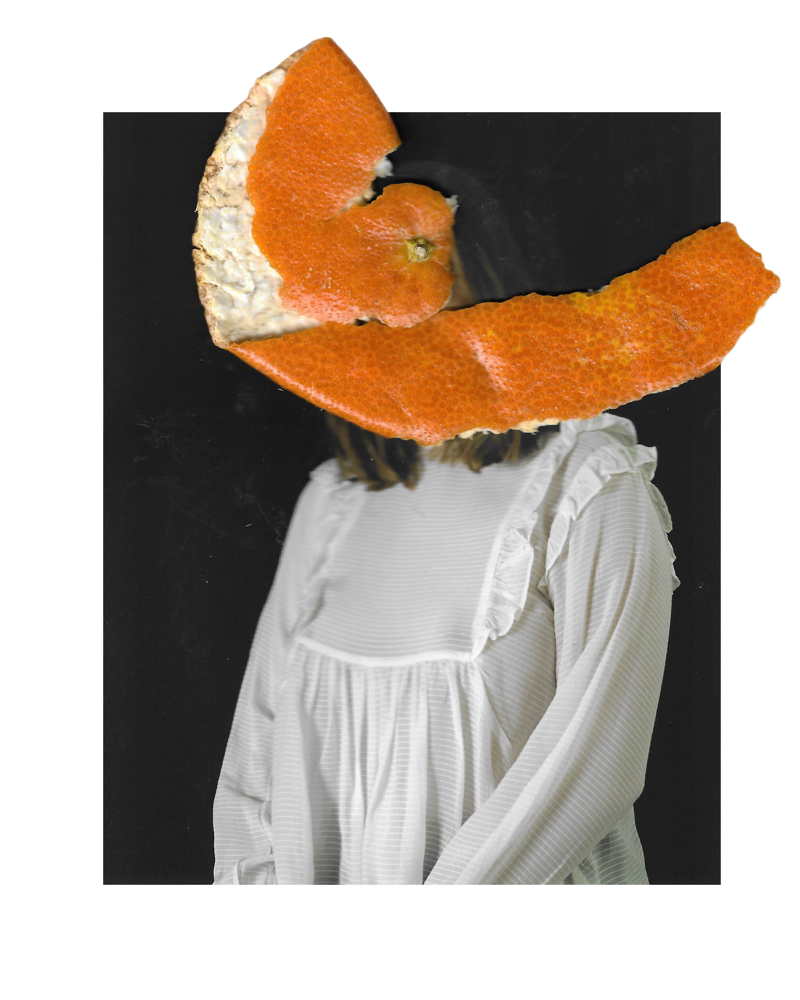
With Pulp © Michelle Caron Pawlowsky
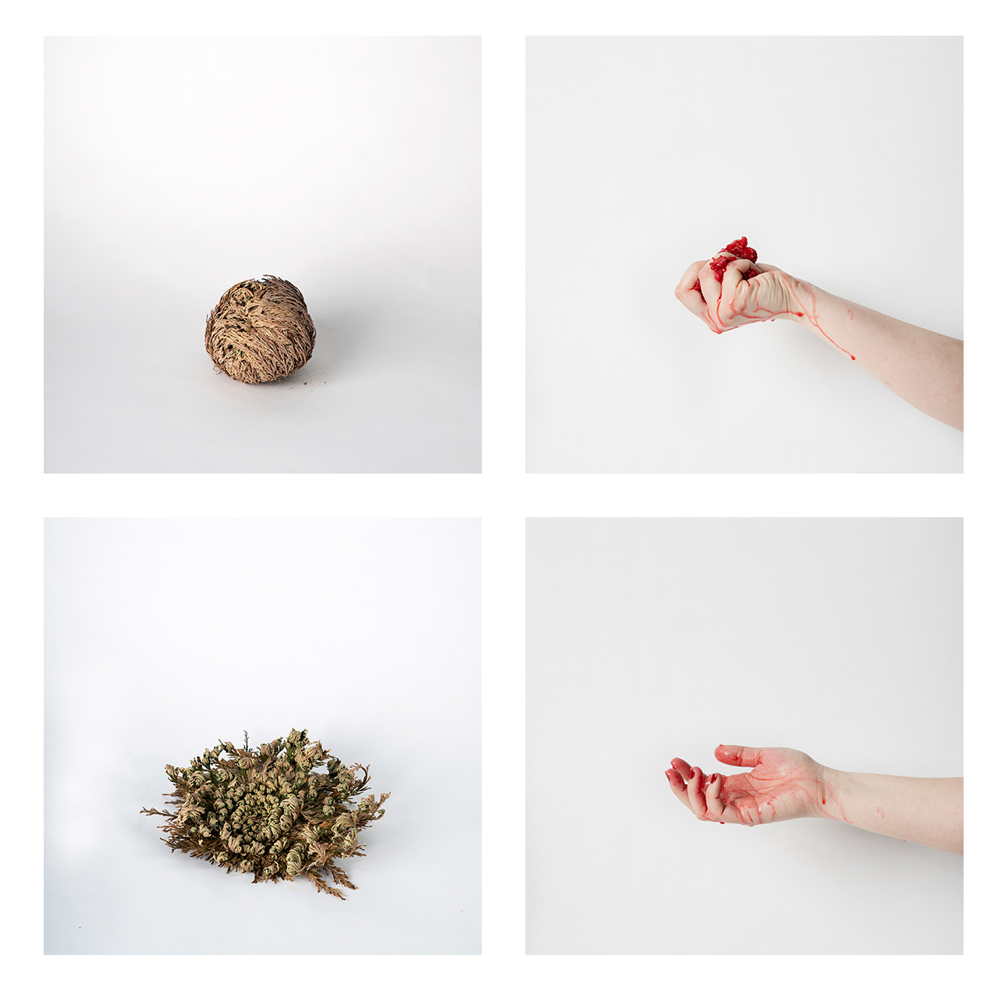
With Pulp © Michelle Caron Pawlowsky
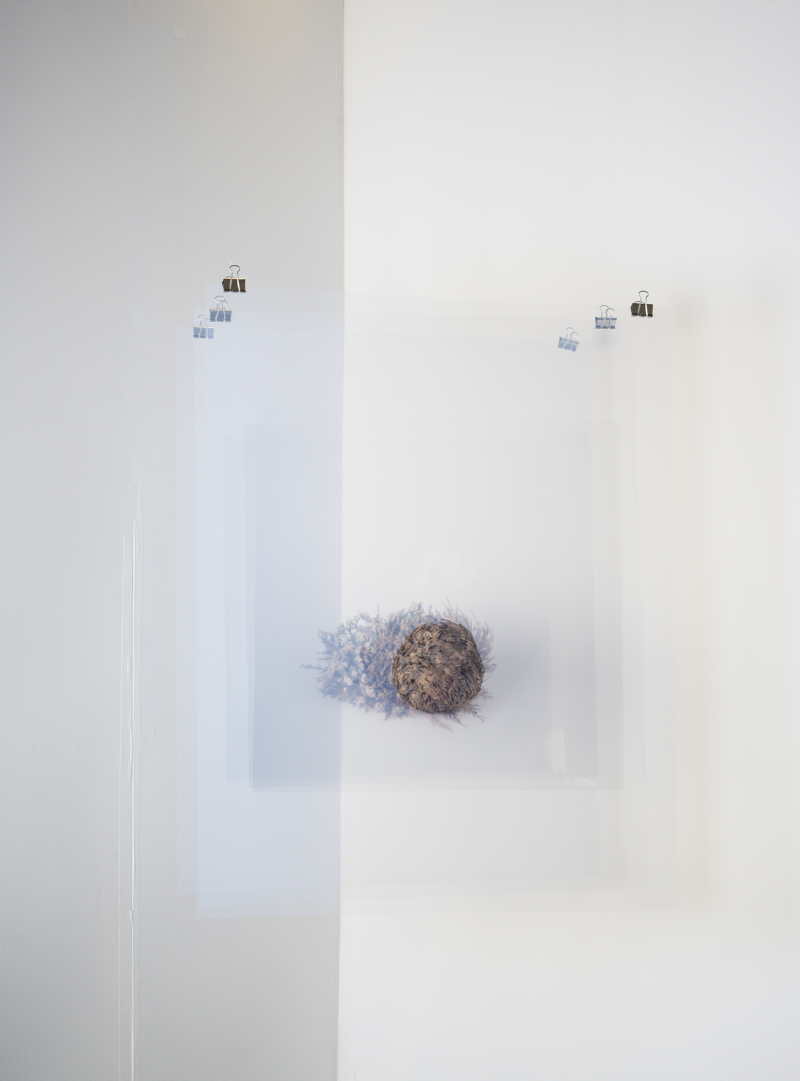
With Pulp © Michelle Caron Pawlowsky
The more installations she has worked on, the more complex nature has become for her. “Nature became dual to me. It made me question my perception of what was natural or unnatural. It became more than just plants; it was also us as a race. Why do we place more value on certain people than others? Queerness and art became symbolic to me. Who made certain arbitrary decisions surrounding what is and isn’t important?”
The very concept of what nature was seemed to shift. “The idea of what is natural comes from the human perspective itself. There is this centrism to this idea, that humans are the androcentre of the universe. But there comes this paradox, where it is impossible to truly place yourself into nature as anything other than a human.” Caron-Pawlowsky’s exploration into this complexity is echoed through all her work, but she was especially heavily inspired by these binaries in her project entitled Altars. Even so, it wasn’t without its difficulties. “I struggled with placing human binaries onto nature, these human ideals onto plants […] how could I place these elements onto something so fluid and free from these ideas?”
For Caron-Pawlowsky, the future is coming into focus. Her passion for the environment is broadening into a new portrait project: “I am starting a residency with a Montreal-based organization. I am working on a project about teenage girls in public spaces.” She feels like this subject has never been more important. “It surrounds the idea of space. For these teenage girls, infrastructure kind of forgets them. These girls tend to fade into the background; they are often outnumbered in public spaces. I thought it was such important and interesting research. We are taking portraits of young women, and they will eventually be displayed in an exhibition alongside the research.”
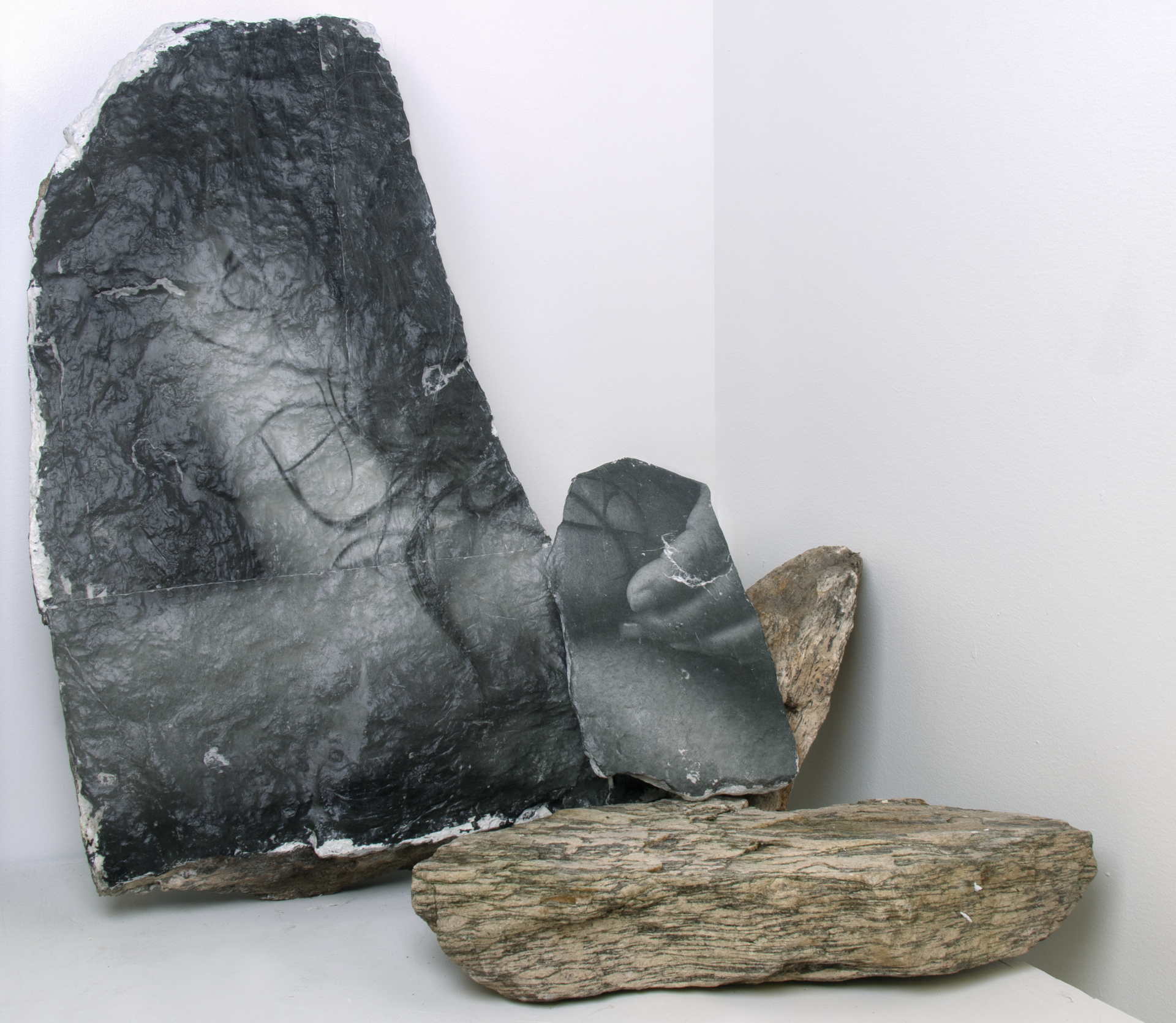
Here We Lay © Michelle Caron Pawlowsky
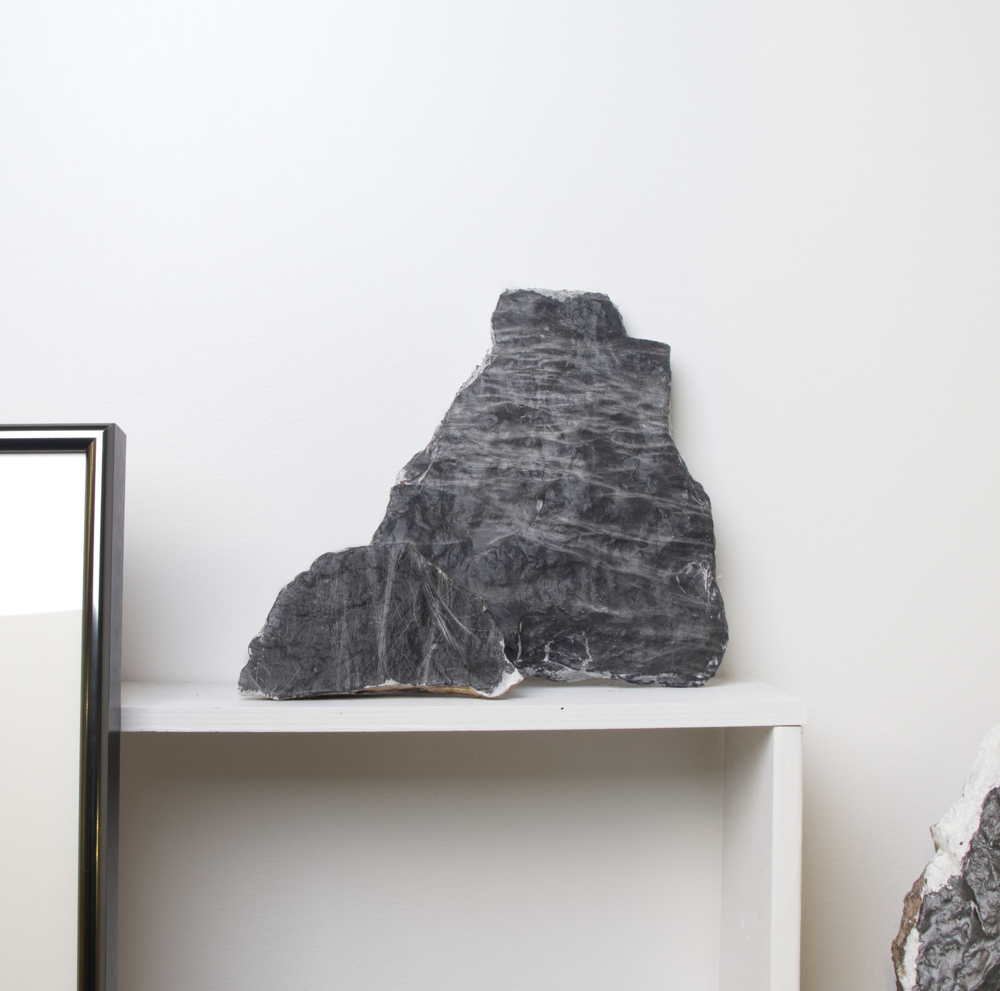
Here We Lay © Michelle Caron Pawlowsky
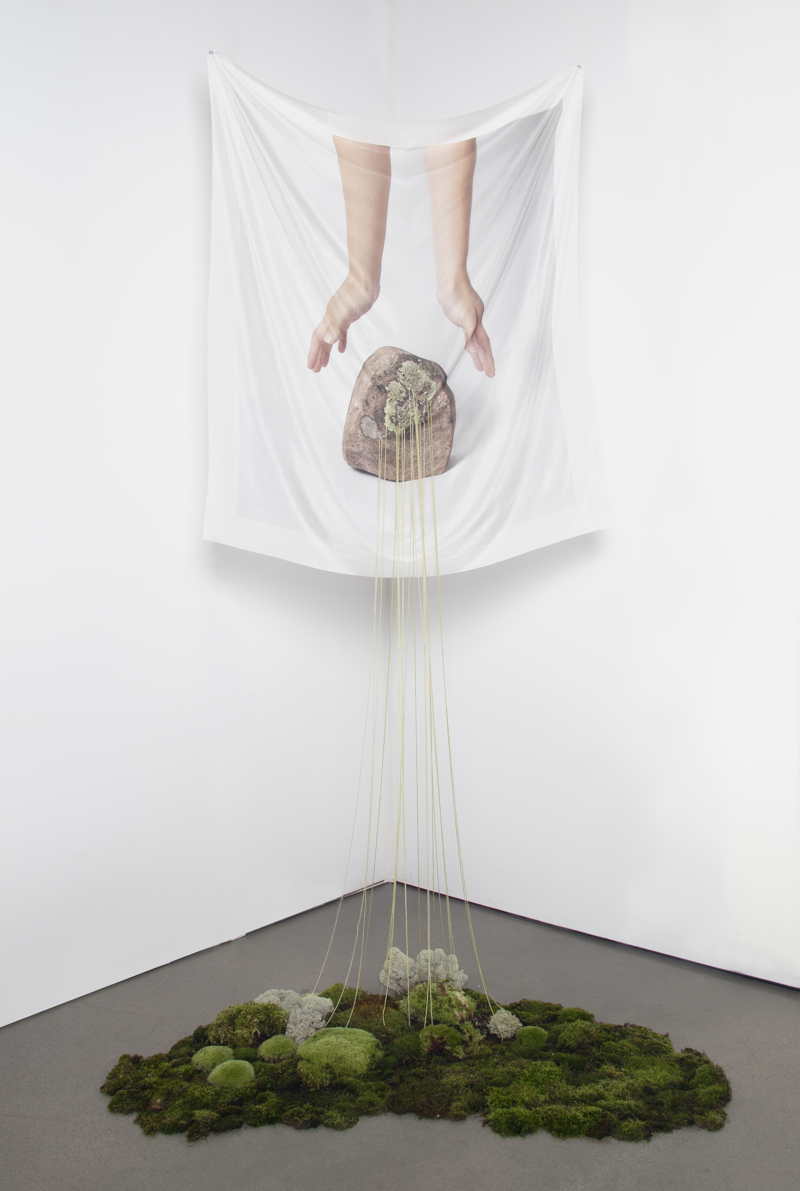
Here We Lay © Michelle Caron Pawlowsky
This interview was published in Luxiders Magazine Issue 8.
To buy the Magazine, click here.
All Images:
© Michelle Caron-Pawlowsky
Words:
Emily Formant
Luxiders Magazine


